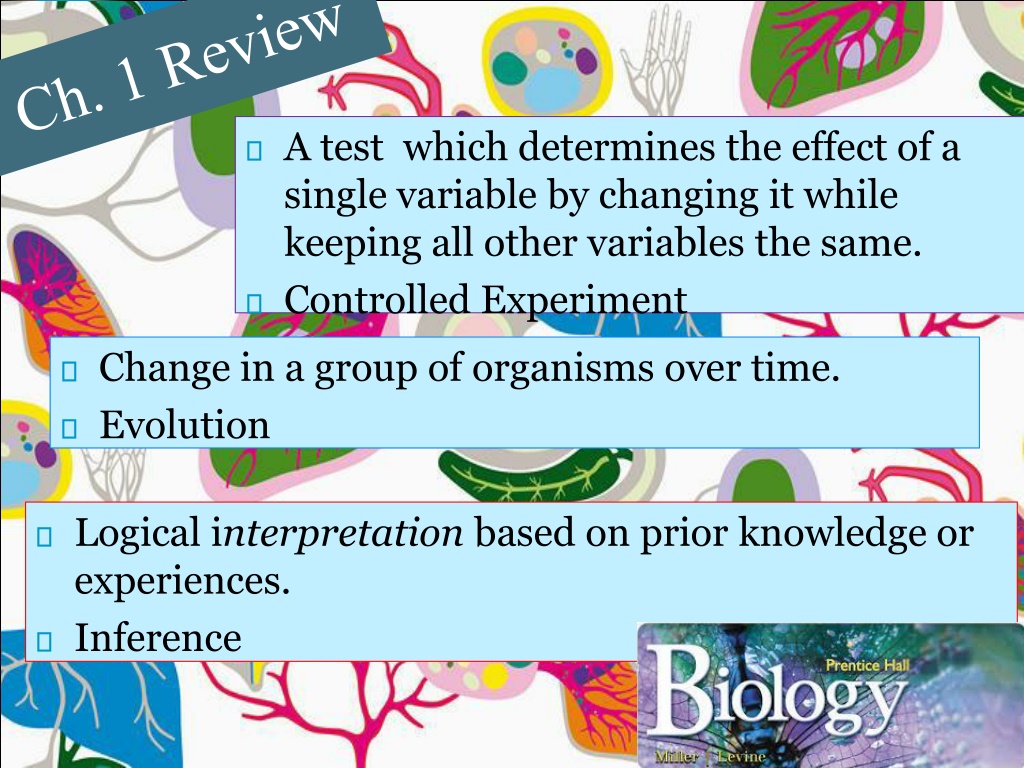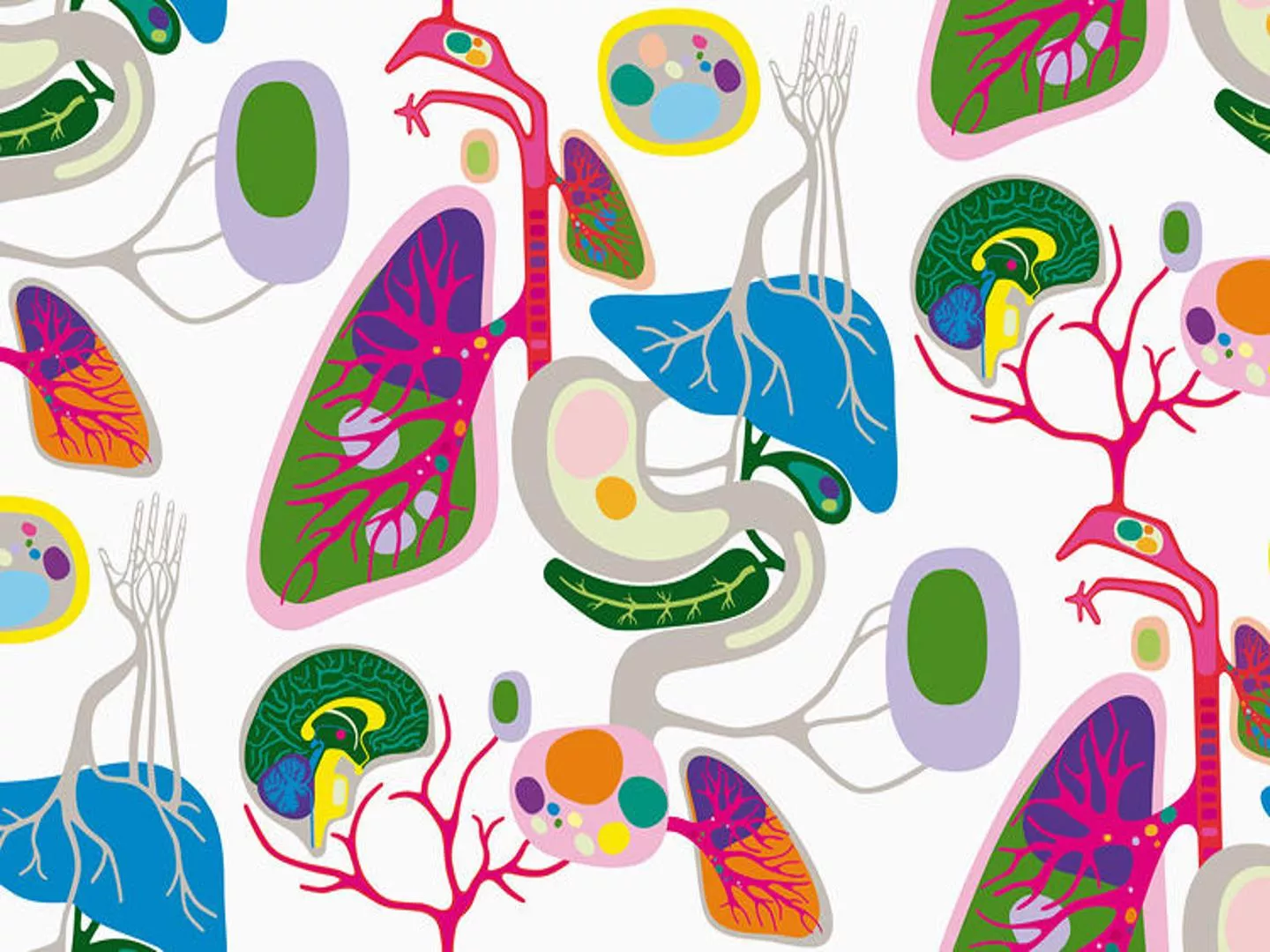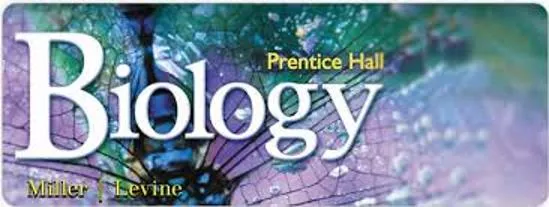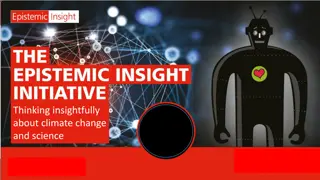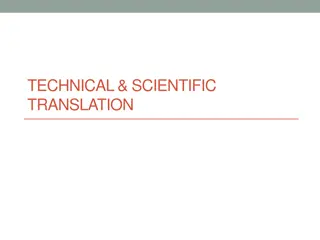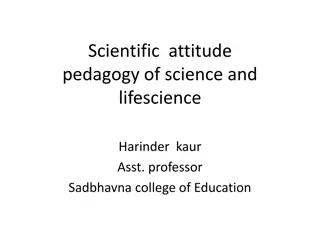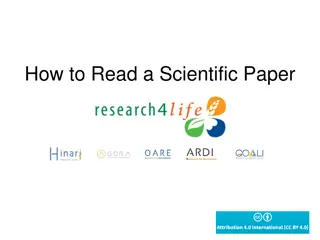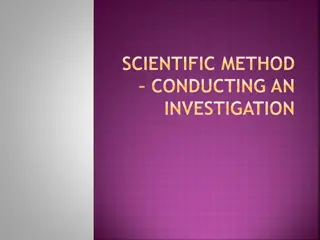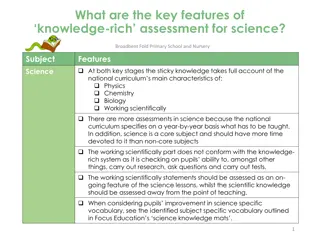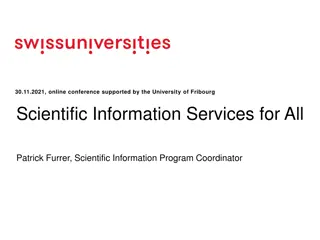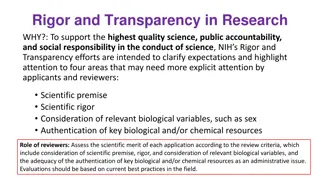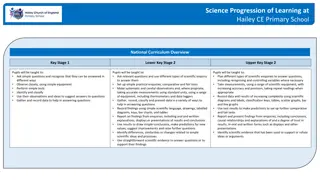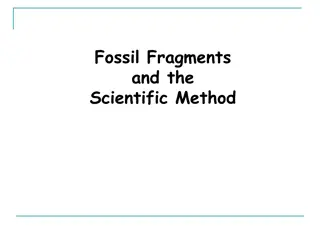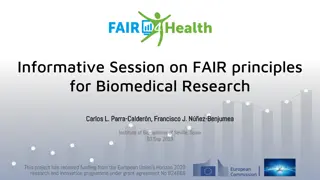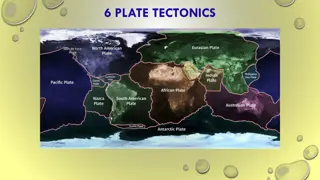Scientific Concepts and Principles
Explore key scientific concepts like controlled experiments, evolution, inference, variables, hypotheses, theories, data collection, cells, reproduction, stem cells, and more. Learn about the process of science, from observation to theory, in understanding the natural world and maintaining homeostasis. Dive into the foundations of biology and the characteristics of life through this informative content.
Download Presentation

Please find below an Image/Link to download the presentation.
The content on the website is provided AS IS for your information and personal use only. It may not be sold, licensed, or shared on other websites without obtaining consent from the author. Download presentation by click this link. If you encounter any issues during the download, it is possible that the publisher has removed the file from their server.
E N D
Presentation Transcript
A test which determines the effect of a single variable by changing it while keeping all other variables the same. Controlled Experiment Change in a group of organisms over time. Evolution Logical interpretation based on prior knowledge or experiences. Inference
Factor in an experiment that a scientist purposely changes. Independent Variable Use of 1 or more senses to gather data. Observation 2 types of data which can be gathered through observations/experiments. Qualitative & Quantitative
A hypothesis which has been supported by experimental data. Theory True or False: Theories are set in stone and can NOT be revised. False
The group that receives the Independent Variable Experimental Group The term used to describe the data that is collected through out an experiment. Dependent Variable The parts of the experiment that remains unchanged between the experimental group and control group. Control variables
Smallest unit of an organism that can be considered alive. Cell Organized way of using evidence to learn about the natural world. Science. Signal to which an organism responds. Stimulus
Process by which a single parent reproduces by itself. Asexual Reproduction Mnemonic device to help you recall the 8 characteristics of life. DR. G. CHEER Unspecialized Cells that are not differentiated: Stem Cells
Evidence or information gathered from observations. Data A scientific/educated explanation for a set of observations. Hypothesis Science that seeks to understand the living world. BIOLOGY
A well-tested explanation that unifies a broad range of observations agreed upon by the scientific community. Theory Process by which organisms maintain a relatively stable internal environment. Homeostasis
Group of organisms of one type that live in the same area. Populations Populations that live together in a defined area. Community The part of Earth that contains all ecosystems. Biosphere
List AND Explain the 8 Characteristics of Living Things:
Characteristics of Living Things LIVING THINGS SHARE THE FOLLOWING 8 CHARACTERISTICS: 1.) Living things are made up of units called cells. 2.) Living things reproduce. (two types) 3.) Living things are based on a genetic code (DNA). 4.) Living things develop and grow. 5.) Living things obtain and use materials and energy. 6.) Living things respond to their environment. 7.) Living things maintain a stable internal environment. (Homeostasis) 8.) As a group living things change over time (Evolve) D DR R. . G G. . C CH HE EE ER R
